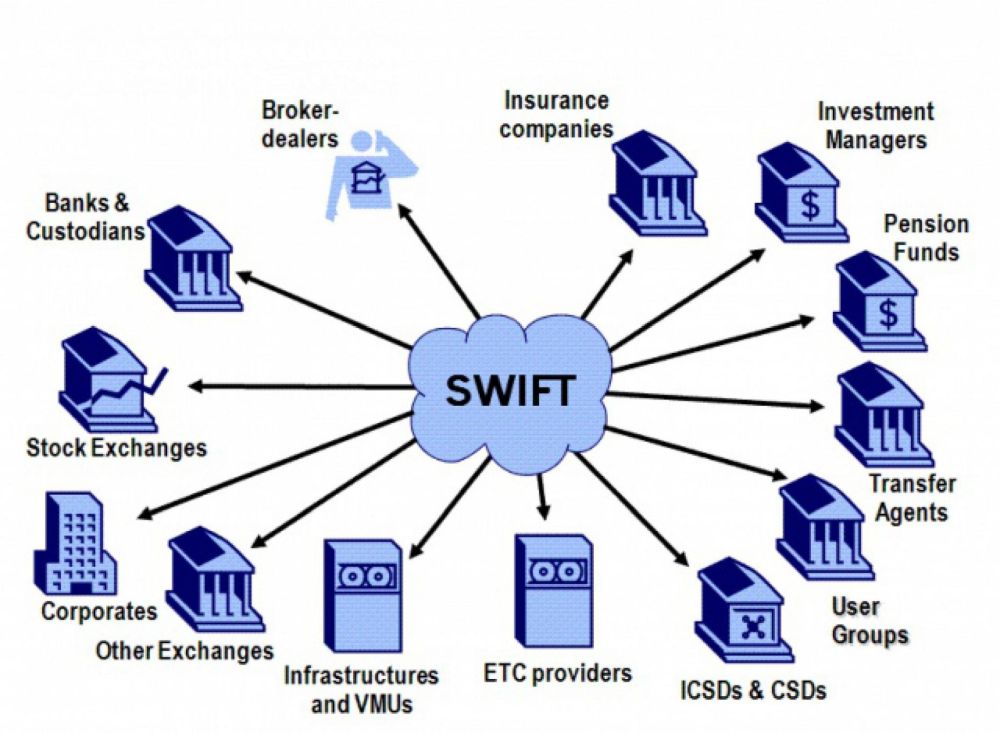Inter-bank money transfers are a critical component of the global financial system, enabling banks to settle transactions and manage liquidity efficiently. However, the security of these transfers is paramount to prevent fraud, cyber-attacks, and operational risks. Robust security measures ensure the integrity and reliability of financial transactions, thereby maintaining trust in the banking system.

One of the primary methods to secure inter-bank money transfers is through the use of advanced cryptographic techniques. These techniques protect transaction data from unauthorized access and tampering. For instance, encryption ensures that sensitive information is only accessible to authorized parties, while digital signatures verify the authenticity and integrity of the messages exchanged between banks. Additionally, secure communication protocols such as SWIFT (Society for Worldwide Interbank Financial Telecommunication) are widely used to facilitate safe and efficient inter-bank transfers.

Regulatory oversight plays a crucial role in the security of inter-bank transfers. Central banks and financial regulatory authorities establish and enforce guidelines to ensure that banks adopt adequate security measures. For example, the Central Bank of the Republic of China (Taiwan) mandates approval for service enterprises involved in large-value fund transfers and settlements to ensure compliance with security standards. Such regulations help mitigate risks and enhance the overall security framework of the financial system.

Finally, continuous monitoring and updating of security protocols are essential to counter emerging threats. Banks must regularly assess their systems for vulnerabilities and implement necessary updates to safeguard against cyber threats. This proactive approach includes adopting the latest security technologies and conducting regular security audits. By staying ahead of potential risks, banks can ensure the ongoing security and efficiency of inter-bank money transfers, thereby supporting the stability and resilience of the financial sector.

